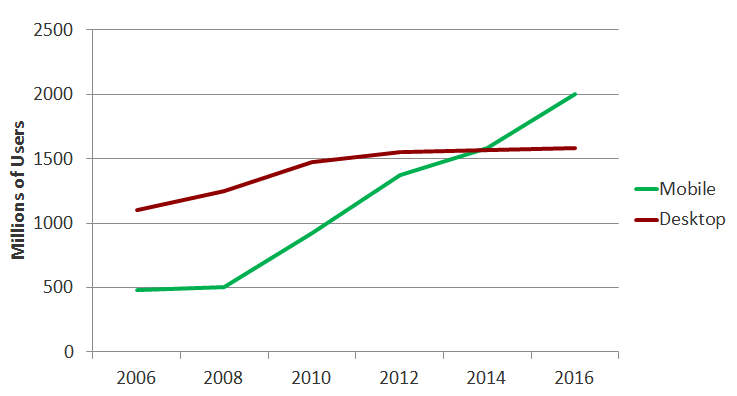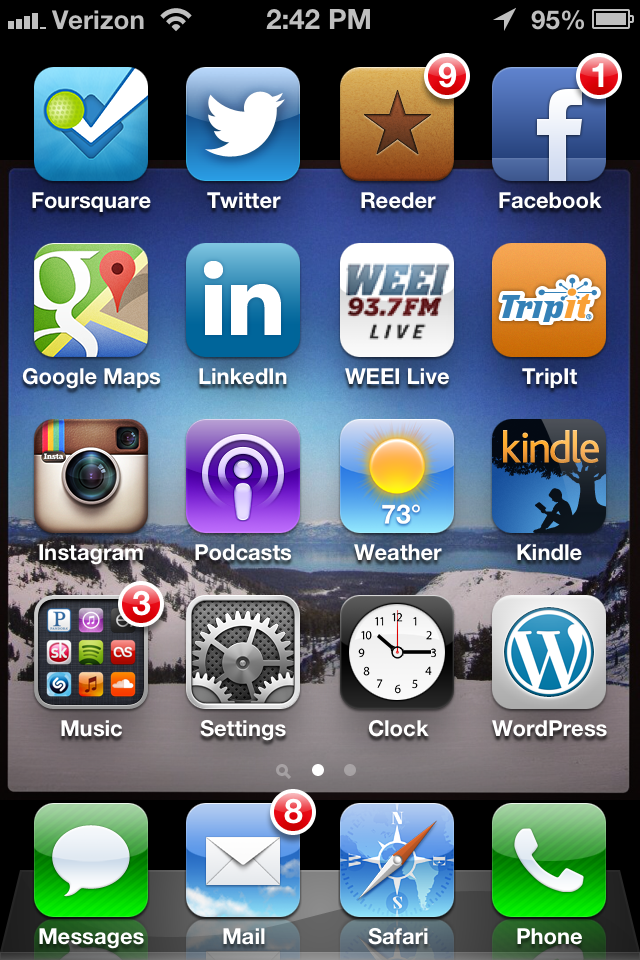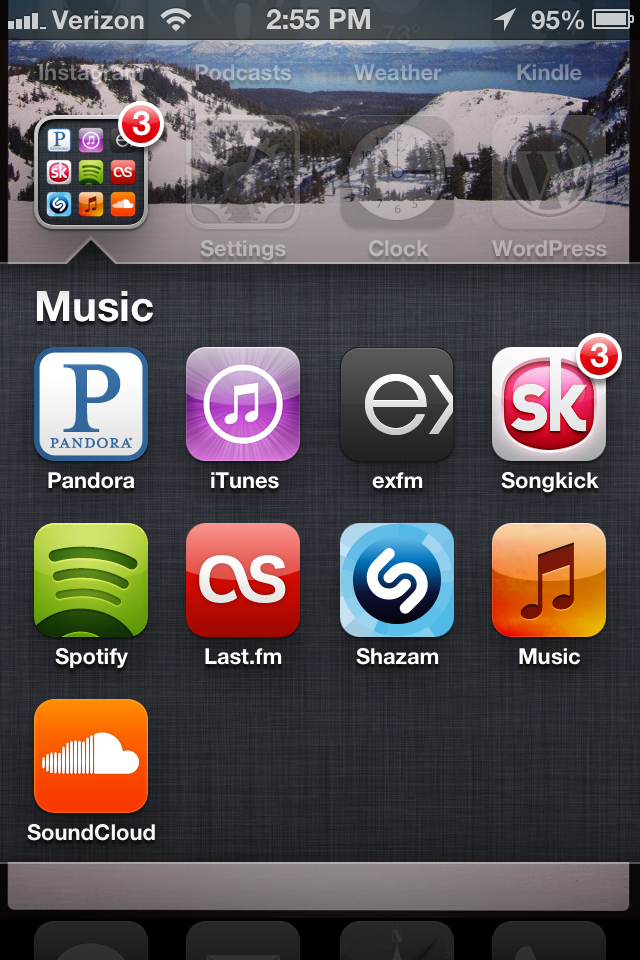EMR Unbundling (Continued)
The post I wrote about the unbundling of the EMR a few weeks ago received quite a bit of attention. KevinMD republished it and Deanna Pogoreic from the Med City News featured it in her own article on the topic titled, What Craigslist can tell us about the future of health IT startups and the EMR market. Combined, the post was Tweeted well over 100 times. Given some of the commentary around the post, I wanted to provide two quick clarifications:
1. I actually believe that unbundling is good for the bundler. In my post, I talked about how much value Craigslist brought to consumers when they bundled everything into one place on the web (apartment listings, job listings, personals, etc.). Now they’re finding that niche players are coming in and providing superior value and biting off pieces of their business. On the surface this seems bad for Craigslist. But I don't think it is. Allowing competitors to bite off areas of weakness will make Craigslist better. Back when online classified listings were valuable, simply aggregating them into one place was valuable. But now that's a commodity and Craigslist has spread themselves too thin. Competition will force them to pick an area where they can add real consumer value (as they did back when they started). The same will be true for EMRs. Unbundling (competition) is good for everyone.
2. I probably wasn't clear enough about how long the process of EMR unbundling is going to take. As I mentioned in the post, there are large switching costs in B2B products that don't exist in B2C products. In addition, because of long-term enterprise contracts, strong vendor relationships, risk mitigation and other factors, it will likely take a lot more time for the EMRs to become unbundled than it will for a consumer website like Craigslist to become unbundled. Also, successful unbundling requires the EMRs to open up their platforms for integration -- which will take time. But my overall point still stands. Demand for the best product, over time, will always overcome switching costs and vendor resistance. Doctors and healthcare execs are consumers just like the rest of us. They want the best value -- it just takes them a bit longer to make the purchase.




